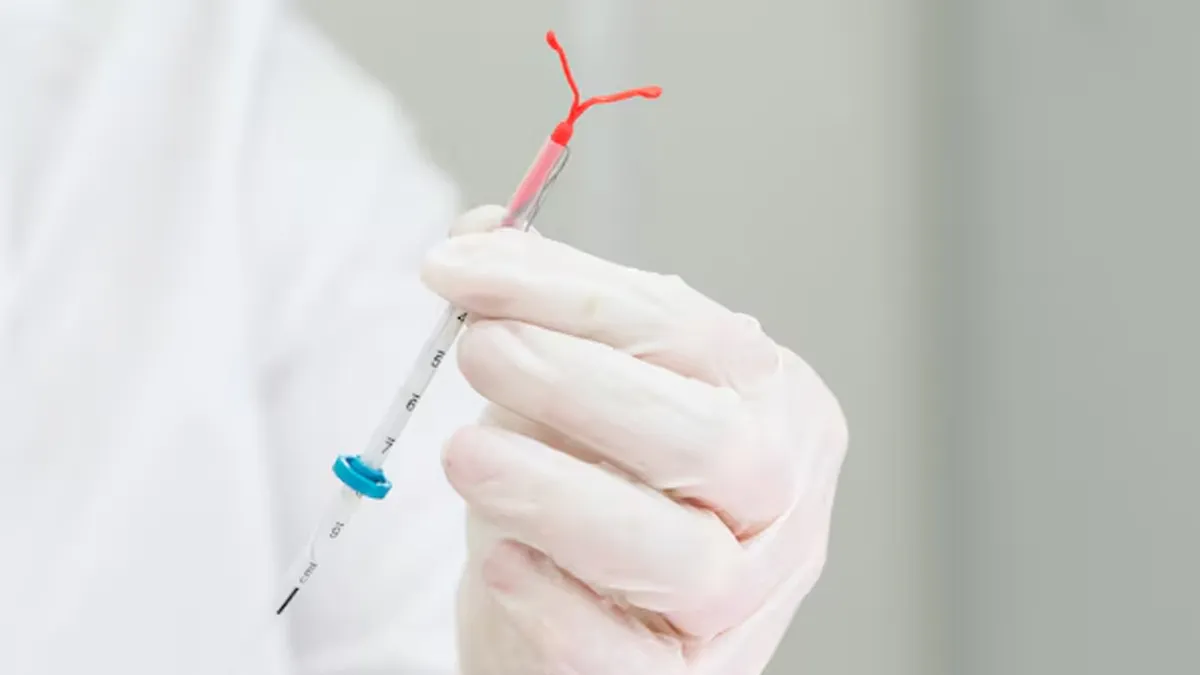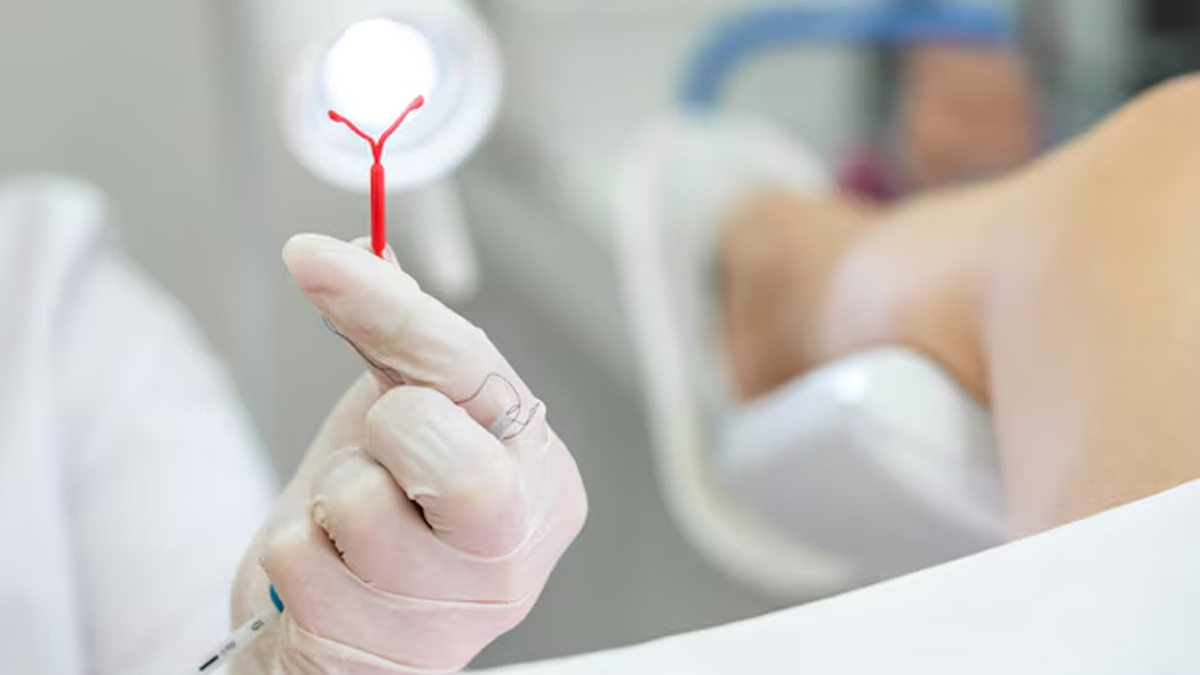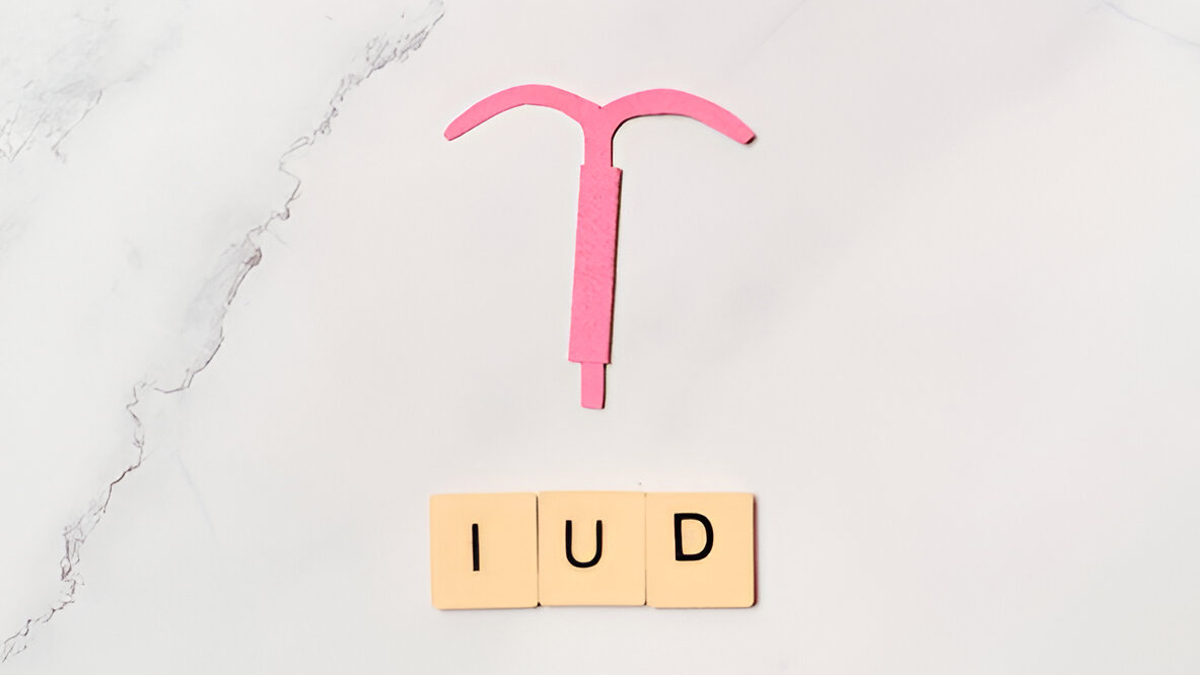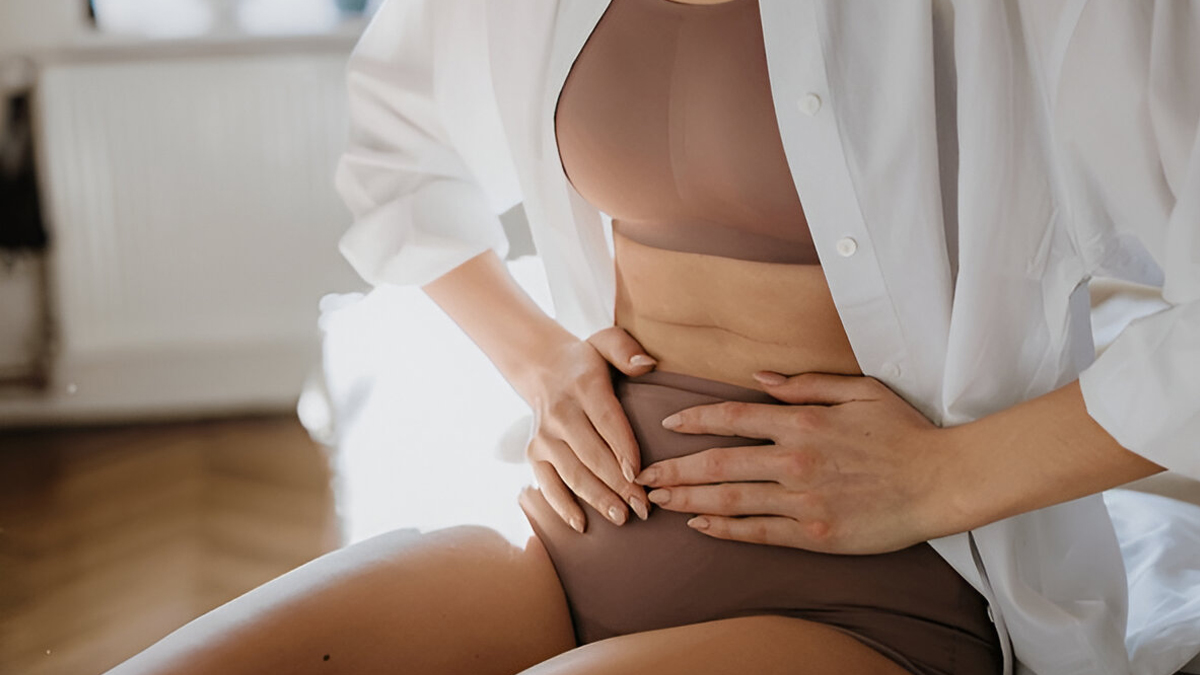
Intrauterine Devices (IUDs) are a highly effective form of long-term contraception. It is primarily designed for and used by women. While a lot of women have questions about IUD insertion, not much is explored around IUD removal, whether due to expiry, side effects, or a change in reproductive plans. From how painful it is to how soon you can get pregnant afterward, here’s what to expect, according to Dr Shruthi Kalagara, Consultant - Obstetrician and Gynaecologist, Motherhood Hospitals, Sarjapur, Bengaluru.
Table of Content:-
Also Read: Does Getting An IUD Hurt? Here's What To Expect
Does IUD Removal Hurt More Than Insertion?

“Removal of an IUD is often described as a quick pinch or mild cramping, significantly less discomfort than the insertion. Imagine the process similar to taking out an earring; a quick tug and it's over in seconds,” says Dr Kalagara.
For most women, the discomfort during removal is minimal and very short-lived, especially compared to the longer and slightly more painful insertion process.
How Long Does The Removal Process Take?
“For some, this process happens so fast that one barely notices,” she explains. “The physician employs a small instrument to carefully capture the string of the IUD and simply pull it out. No lengthy appointments, surgery, or stitches needed.”
It’s a routine, quick procedure done in the clinic and typically takes just a few minutes.
Can You Remove Your IUD At Home?

Dr Kalagara strongly advises against this. “Self-extraction is out of the question. A gynaecologist can safely and gently remove it to avoid pain, bleeding, or damage to the IUD. If removed by oneself, the procedure can cause pain, infection, or injury, so it’s best to leave it to a professional.”
Although social media trends may suggest otherwise, removing an IUD at home can be risky and should always be done by a trained medical professional.
What Side Effects, If Any, Should You Expect After Removal?
“Others will feel mild cramping or spotting, along with period-like discomfort for a day or two. If your body had accommodated to the IUD's hormonal alterations, it would take some time to adjust back naturally as your body's hormonal activity resumes control,” explains Dr Kalagara.
These symptoms are temporary and usually subside within a few days. Your menstrual cycle may also take a little time to return to its pre-IUD rhythm, especially if you had a hormonal IUD.
Also Read: Do IUDs Lead to Breast Cancer? Here’s What the Latest Evidence Shows
When Can You Get Pregnant After the IUD Is Removed?

“Pregnancy is possible immediately after, often even within the same month. There’s no waiting period once the IUD is out. So, if you’re not planning for a baby just yet, make sure to switch to another birth control method immediately,” she advises.
This rapid return to fertility can be surprising to some, so it's important to plan ahead if you want to avoid an unplanned pregnancy.
Conclusion
IUD removal is generally a quick, safe, and low-discomfort procedure. Side effects are mild, and fertility returns almost instantly. But while it may sound simple, it should always be done under the supervision of a healthcare professional. If you’re considering getting your IUD removed, consult your gynaecologist to ensure a smooth and safe transition.
Also watch this video
How we keep this article up to date:
We work with experts and keep a close eye on the latest in health and wellness. Whenever there is a new research or helpful information, we update our articles with accurate and useful advice.
Current Version
